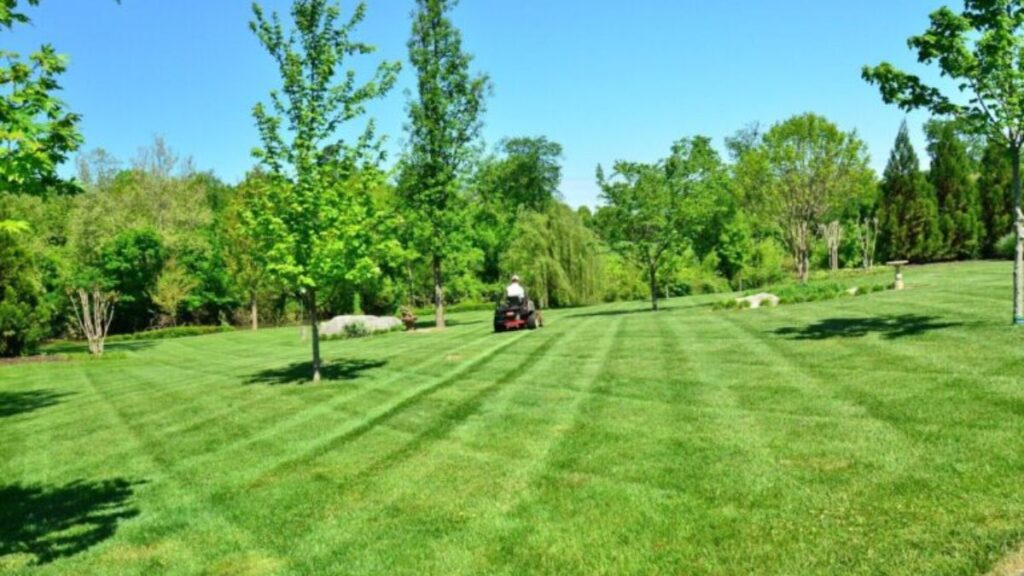Urban environments can be tough on Lawn Resilience. Pollution, heat, foot traffic, and limited space all put stress on grass.
If you want your lawn to stay green and healthy, you need to give it a little extra care. Below are simple and effective tips to help your lawn become more resilient in the face of city challenges.
Choose the Right Grass Type
Not all grass types are the same. Some do better in hot, dry areas. Others are perfect for shady spots. If your lawn struggles, it may be time to consider a different grass variety. For example, tall fescue handles drought well. Kentucky bluegrass grows strong in cooler climates. Always check what grass suits your local conditions best.
Also, mix grass seeds if needed. A blend of types can help your lawn stand up to different kinds of stress. One type might resist foot traffic while another handles heat better. Together, they make your lawn stronger.
Water Deeply but Less Often
Many people water their lawns too often but not deeply enough. This causes shallow roots that can’t handle dry spells. Instead, water your lawn less often but soak the soil well each time. Aim for about one inch of water per week, including rainfall.
The best time to water is early morning. This gives the grass time to dry before nightfall, which helps prevent disease. If water sits on grass too long, it can lead to mold and fungus.
Improve Soil Health
Healthy soil is the foundation of a resilient lawn. Poor urban soils often lack nutrients and have drainage problems. Start by testing your soil to check pH levels and nutrient content. Based on the results, you can add the right fertilizers and soil amendments.
Add compost once or twice a year. Compost boosts nutrients and helps soil hold moisture. Aerating your lawn once a year is also helpful. It breaks up compacted soil, allowing roots to grow deeper and stronger.
Mow the Right Way
How you mow your lawn can affect its ability to survive urban stress. Never cut more than one-third of the grass height at once. Cutting too short weakens the roots and leaves grass open to weeds and disease.
Keep your mower blades sharp. Dull blades tear the grass instead of cutting it cleanly. This makes the lawn look ragged and makes it more likely to suffer from heat or pests.
Also, leave grass clippings on the lawn. They break down quickly and return nutrients to the soil, which helps your lawn grow back stronger.
Get Help When Needed
Sometimes your lawn needs more care than you can give it. That’s where lawn care services can make a difference. Professionals can spot early signs of stress and apply the right treatments before problems grow. They can also handle seasonal tasks like aeration, fertilizing, and pest control.
Using expert help does not mean you lose control of your lawn. It simply means you’re giving it the best chance to thrive in a challenging environment.
Learn More About Lawn Resilience
Urban lawns face many stressors, but they can still be healthy and beautiful with the right care. Choosing the right grass, watering properly, improving soil, mowing correctly, and getting help when needed can all make a big difference.
With these simple steps, your lawn can stay green and strong, no matter what the city throws at it.
Looking for more tips and ideas? We’ve got you covered. Check out some of our other posts now.







